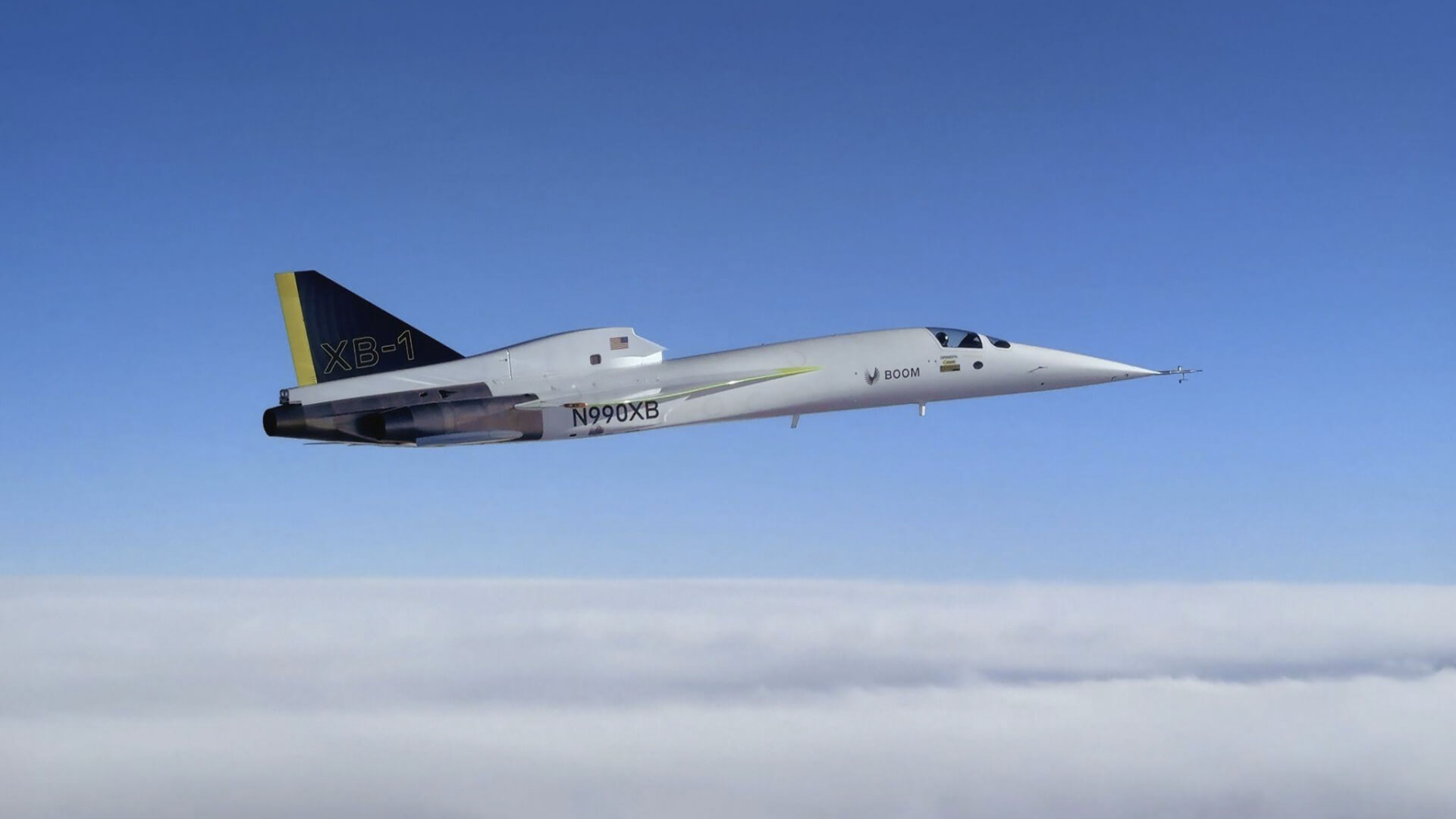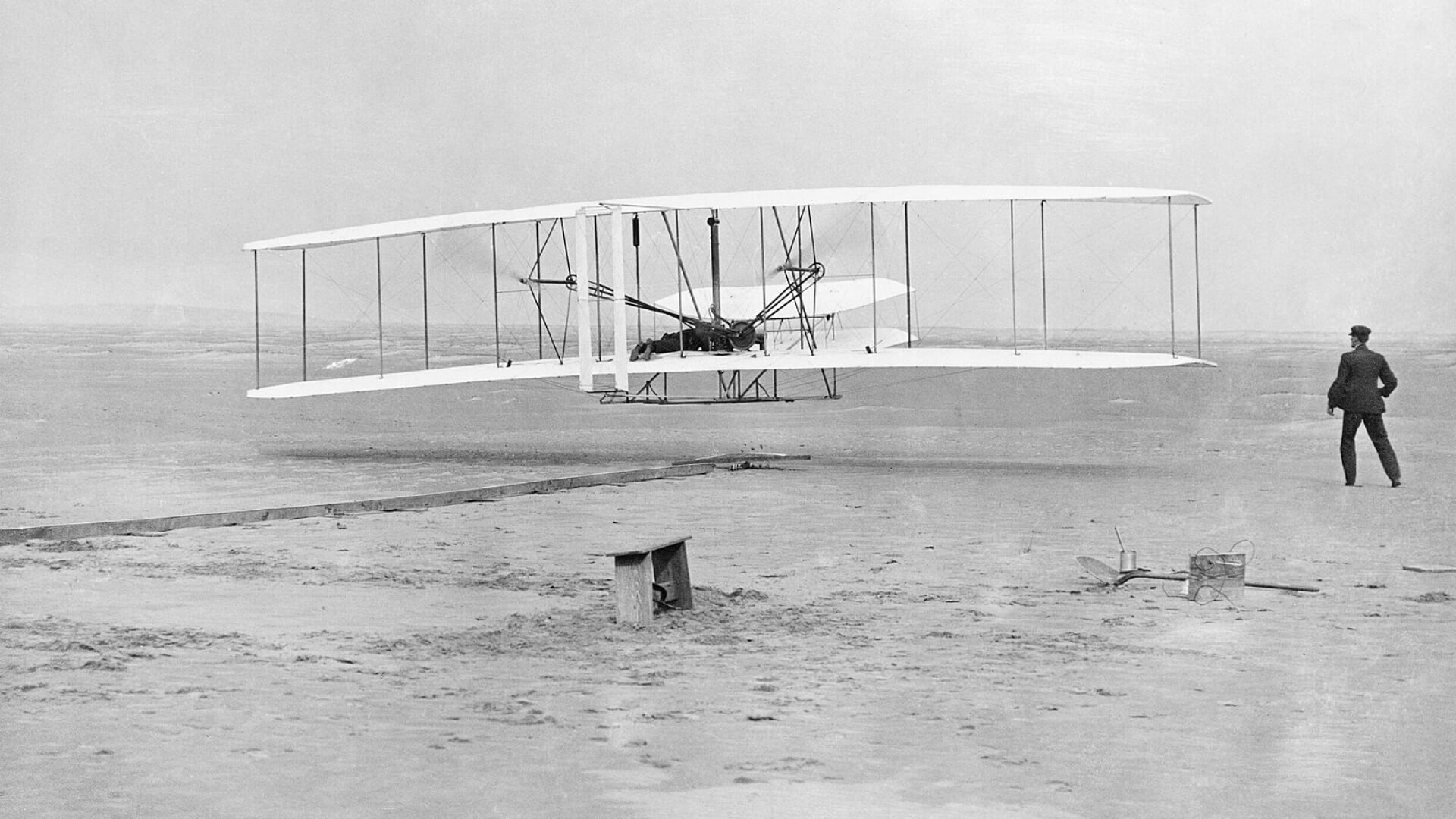It’s been more than fifty years since Concorde first took flight. In the intervening decades, aircraft and engine technology have advanced remarkably. Today’s subsonic commercial aircraft are 80% more fuel efficient than those of the 1960s, and noise footprints have shrunk up to 90% in the last 50 years. This technological progress has fueled Boom’s efforts to design a supersonic airliner that makes economic sense for airlines and their customers. But in order to make widespread supersonic travel a reality, it needs to make sense for the environment, too.
We’re making the world dramatically more accessible, and we’re taking every step to be good stewards of the planet while we’re at it. While supersonic travel offers great promise of a closer world, we are committed to making sure that its benefits do not come at a cost to the Earth and its communities. To that end, we’re building the first commercial aircraft company to infuse sustainability principles throughout the design and build process.
Here are a few steps — big and small — that we’re taking to address the climate impacts of the supersonic era.
Reducing our impacts
- We are conducting an exhaustive search of the most promising present and future sustainable aviation fuels (SAF) projects to help address our airplanes’ greenhouse gas footprints. Today, the best SAF on the market offer an 80% reduction in lifecycle CO2 over conventional jet fuel. In January 2019, we successfully tested XB-1’s engines using a blend of fuel that was ~80% SAF from waste animal fats. This test program gave us valuable information about how XB-1 engines perform using SAF. In June 2019, we signed a partnership with Prometheus Fuels to deliver low-carbon fuel during the XB-1 program. Prometheus’ technology efficiently converts atmospheric CO2 into jet fuel using clean energy. And we’ve pledged to make the XB-1 ground and flight test program carbon neutral through SAF and carbon offsets.
- Although construction on the Overture final assembly line won’t begin for several years, we’re already planning how to design a LEED-certified production facility. Overture’s manufacturing center will also take advantage of on- and off-site clean electricity generation.
Reusing what we can
- “Scrappiness” has always been part of Boom’s culture. We are fortunate that in our engineering and manufacturing processes, sustainability and economics often align. As a result, we look for the most resource-efficient path forward for every project we undertake. Throughout the design and build process on XB-1, we had many opportunities to repurpose used tooling for new applications. After creating the wing skins, we repurposed the carbon laminating tools into vacuum assembly fixtures.
Recycling airplanes into new uses
- Overture, our flagship supersonic passenger aircraft, will be an era-defining airplane, but every aircraft has a finite lifetime. Long before we put the first production model together, we’re already thinking about the best way to take it apart. We’re investigating how to incorporate the latest recycling (indeed, pre-cycling) practices — including for complex carbon composites — into Overture’s design to minimize the amount of waste generated at the end of the airplane’s useful life.
Because we build supersonic aircraft, our commitment to sustainable design goes far beyond climate impacts. While leaning into fuel-efficient vehicle design, we also pay careful attention to community noise and sonic boom impacts as well. The supersonic era has to be socially, not just environmentally sustainable.
Beyond carbon; social sustainability counts
Community noise is a concern for every aircraft that takes flight, supersonic or subsonic. With Overture, we’re incorporating the latest noise-reducing technologies into the engine and airframe, and Overture will not change existing airport noise footprints. Sonic boom represents an additional noise source that we, as a supersonic manufacturer, have to address — and thanks to modern aerospace composites, we have more freedom in shaping the aircraft optimally for sonic-boom reduction. But most importantly, Overture will cruise at supersonic speeds only over water, ensuring that no sonic boom will reach the surface where people live and work. We also incorporate “coastal buffer zones” into our route planning, ensuring that Overture only cruises above Mach 1 once it reaches a safe distance from the shore of every landmass.
A dedicated organization
Boom has built a dedicated sustainability organization whose mandate is to ensure that environmental considerations are incorporated into all of Boom’s activities. Our head of sustainability, Ben Murphy, has a voice in key decisions that affect the XB-1 demonstrator, Overture commercial airliner, and corporate office operations. Additionally, Dr. Lourdes Maurice offers her expertise to the team as a member of Boom’s advisory board. While she was executive director of the FAA Office of Environment and Energy, Lourdes led the United States delegation in negotiating the ICAO aircraft CO2 standard and the most recent global noise and oxides of nitrogen (NOx) regulations.
Looking forward
The prospect of widespread supersonic flight offers great promise to the world: business opportunities, chances for human connection, and ties between cultures. But as an aircraft manufacturer, we have a responsibility to make sure that these benefits don’t come at an unacceptable cost to society and our planet. We’re committed to ensuring the new era of travel is sustainably supersonic.







